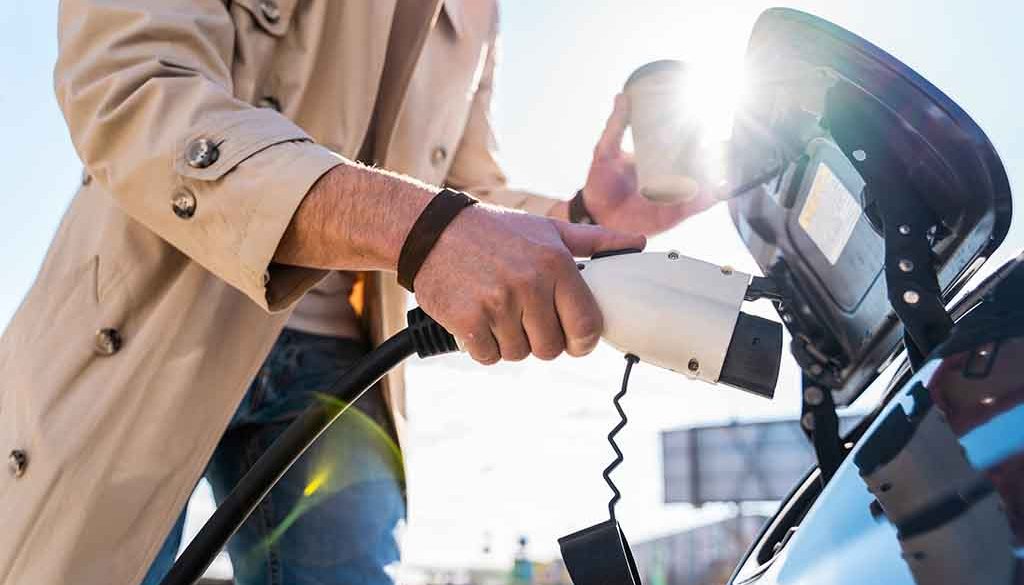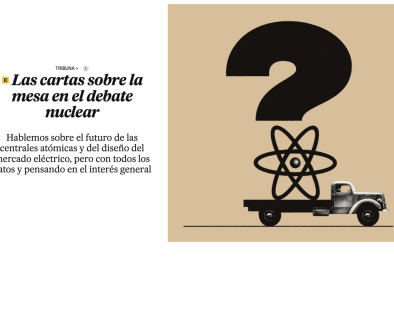Observed Patterns of Use and Users of Free-Floating Car-Sharing
EEL members Natalia Fabra, Catarina Pintassilgo and Mateus Souza have published a new article at SERIEs. This research has been funded by La Caixa Foundation.
The usage of shared electric vehicles peaks earlier than overall traffic – the paper shows. This effect can help to smooth road traffic, reducing congestion and emissions in big cities.
Free-floating car-sharing services are paid for by the minute. They allow drivers to use the rented car for their journey and park it anywhere within a defined zone. The cars provided are often electric vehicles. “In our study, we find that car sharers in Madrid often make their trips before rush hour,” says Mateus Souza. “Our explanation: By getting up and driving to work earlier, drivers in the Spanish capital probably want to avoid higher costs for longer journeys during rush hour. To the extent that drivers are substituting away from their private polluting vehicles, this then leads to less congestion and less emissions in the city.”
High utilization rate of car-sharing vehicles
Natalia, Catarina and Mateus find a second positive effect: a more efficient use of vehicles. The utilization rate of free-floating car-sharing vehicles is close to 23%. This share of hours during which the vehicle is actually being driven compares to an estimated 4 percent rate for private vehicles.
Loyal customers live in middle-income areas with limited public transport
The effects of electric car-sharing services not only depend on drivers’ usage patterns. It also matters whether the shared services complement or substitute public transport. The study in the Spanish capital shows that the most loyal customers typically live in middle-income neighborhoods with relatively limited public transport options. These areas also have high pre-existing car ownership rates.
“In these middle-income areas of Madrid, public transport options can be limited, such that residents often prefer to drive to move across areas of the city,” Souza says. “In this context, car sharers do not represent new cars on the road, and do not lower public transport use and thus do not increase urban congestion.” The study also emphasizes the importance of parking availability. Car sharers are less likely to drive to areas with limited public parking, as they wish to avoid the costs of time wasted searching for a spot.
The researchers analyzed the road trips of a major free-floating electric car-sharing service in Madrid during 2019. They compared the usage patterns with data on traffic conditions, demographics, public transit, and parking availability across the city.
The paper is available here




